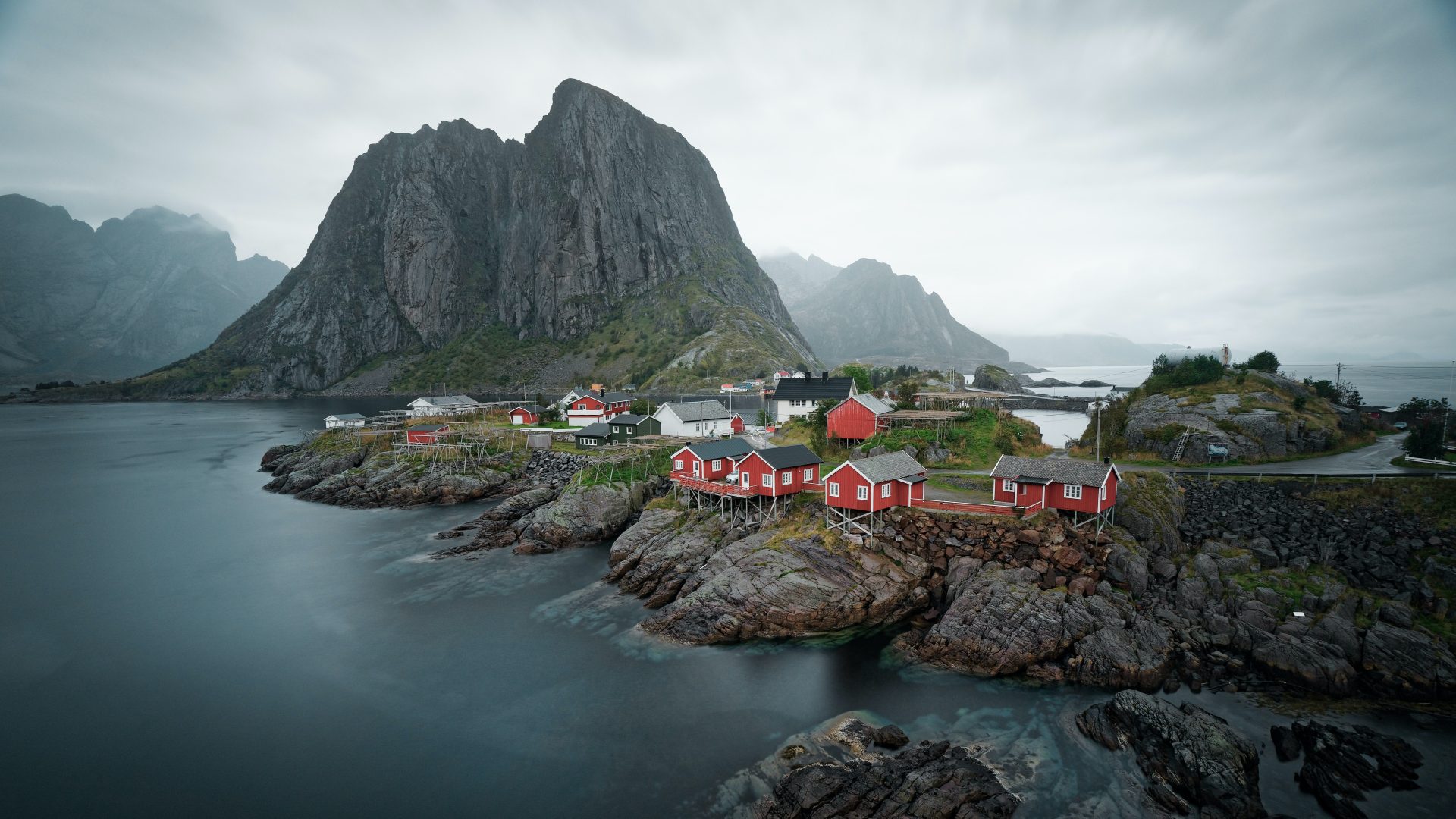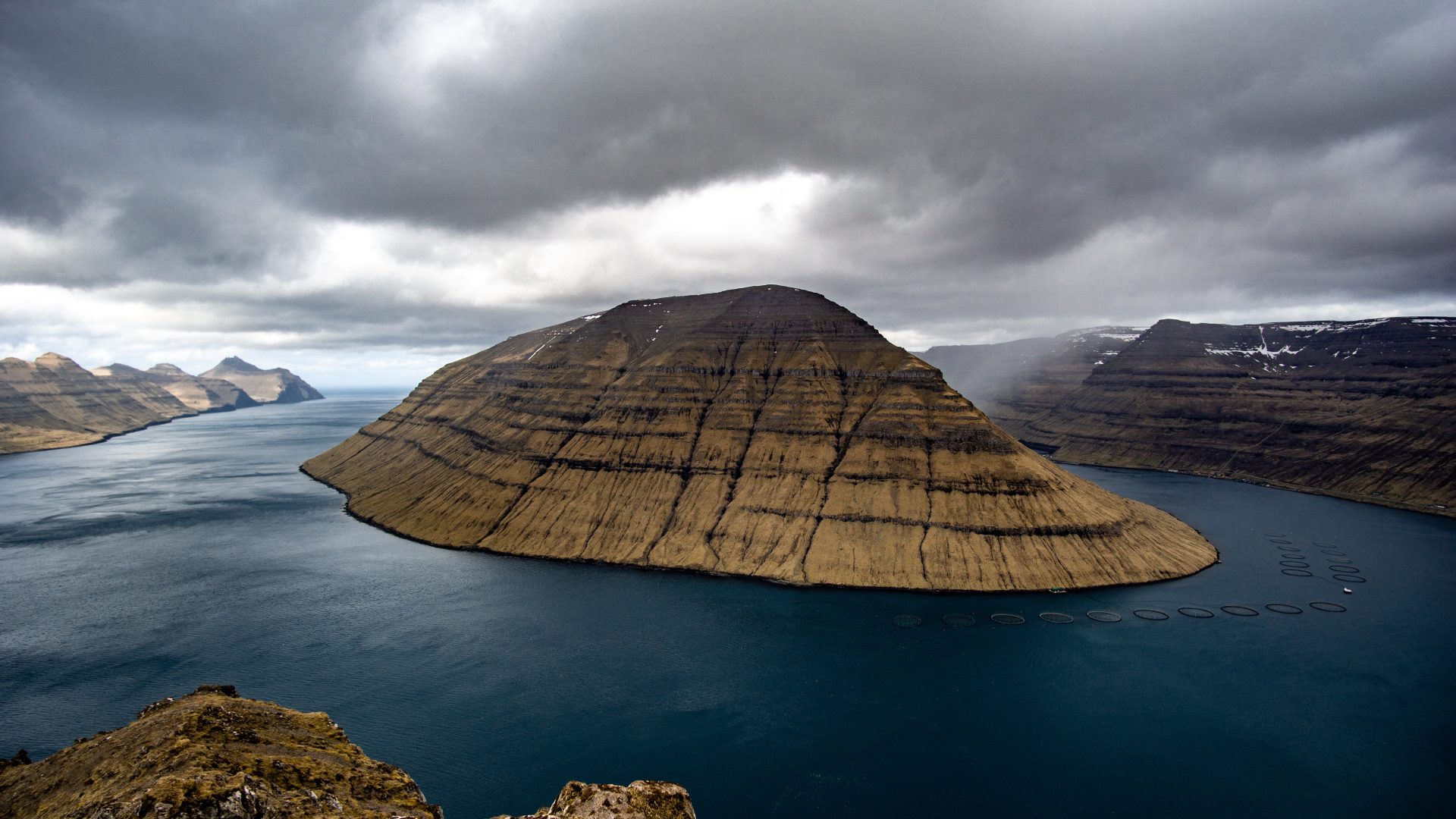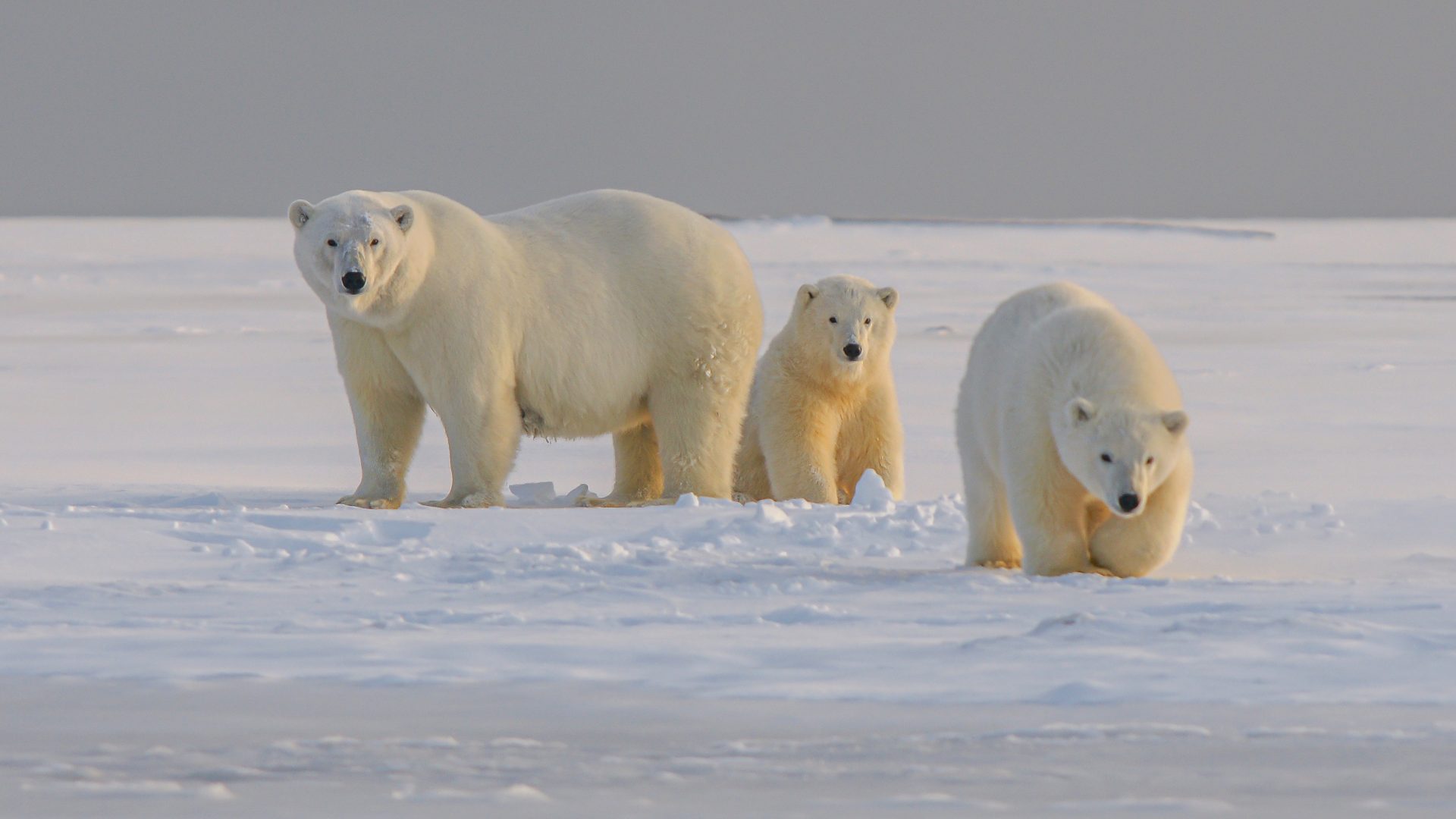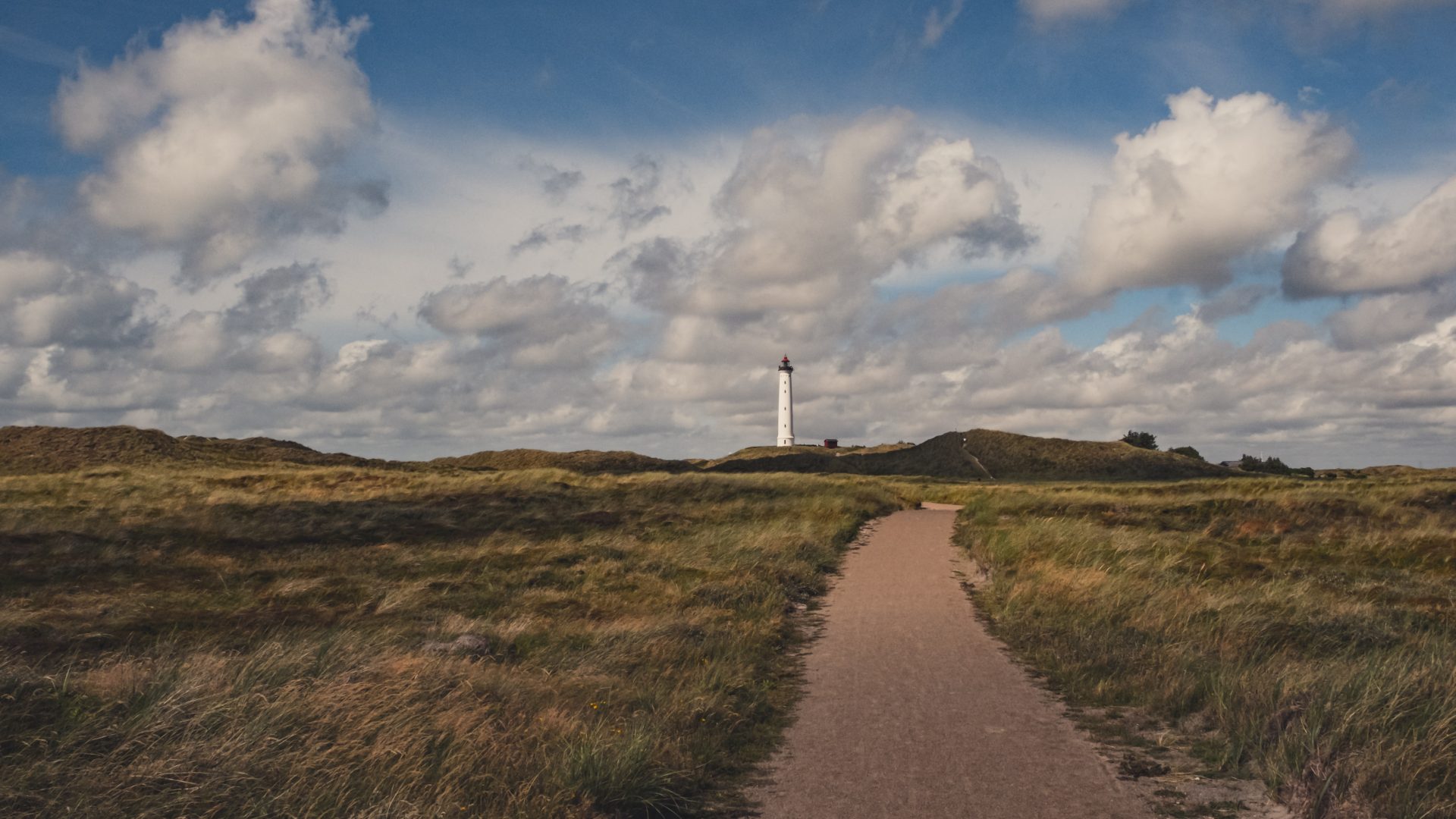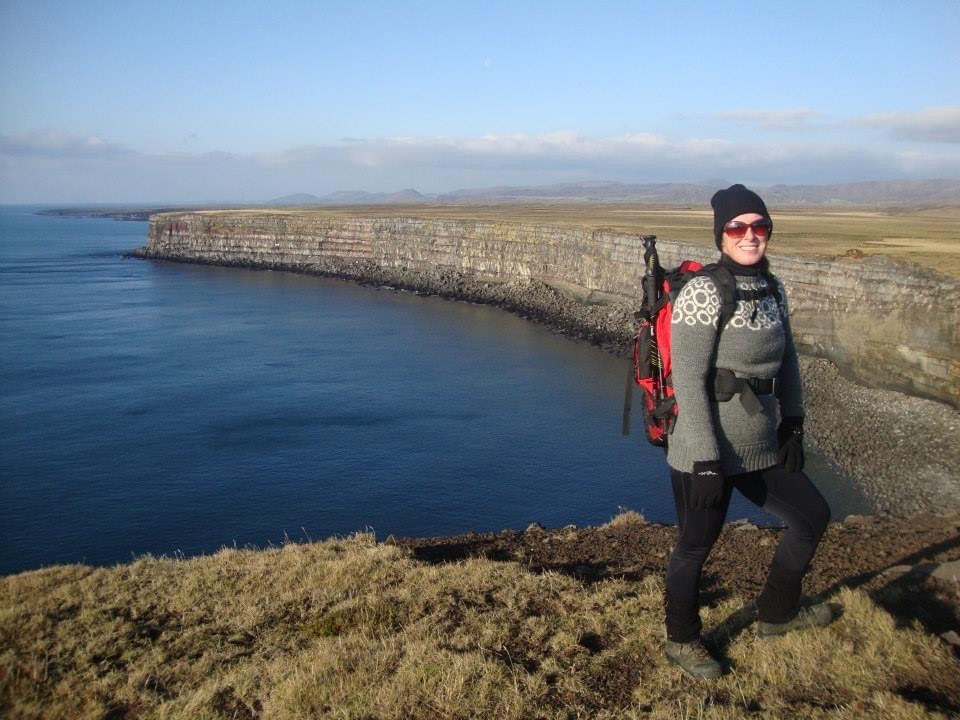
Discovering Iceland with Halldora
An Interview with Our Icelandic Expert Halldora
To give you a deeper insight into this incredible country, we interviewed one of our own team members who grew up in Iceland. Halldora was born and raised in the picturesque landscapes of the Westfjords, she has so many personal experiences and local knowledge to share. In this interview, she opens up about her background, cherished memories, and insider tips, offering a captivating glimpse into Icelandic culture, traditions, and must-see destinations.
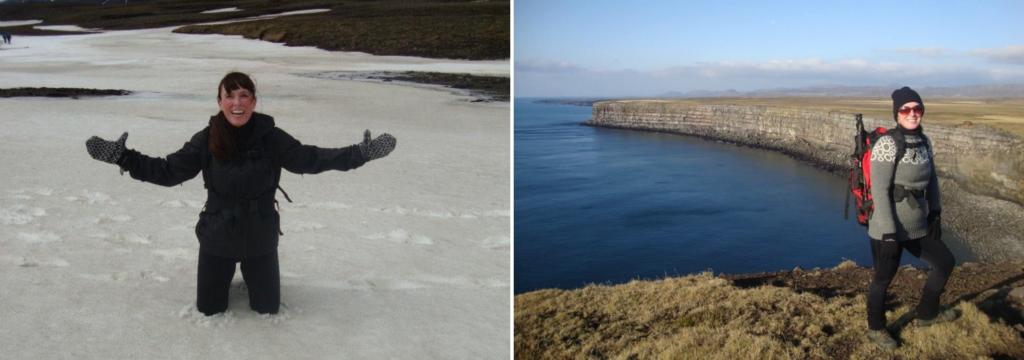
Can you tell us a bit about your background and where in Iceland you are from?
I was born and raised in the Westfjords on a farm full of sheep and cows. At the age of 18, I moved north to a small town in Skagafjörður to attend school. Skagafjörður is renowned for its beautiful horses, with some of the most expensive horses in Iceland coming from there. I lived there for 15 years and worked as a paramedic. Later, I moved to Reykjavík to study to become a teacher. Although I never worked as a teacher, my education helped me secure a job in accounting, a field I have worked in for most of my life. In 2019, I decided to move to Sweden.
What is one of your earliest memories of Iceland that stands out to you?
One of my earliest memories is watching the Northern Lights overhead with their vibrant shapes as I sat over the sheep to help them give birth.

Could you give us some insight about Icelandic culture?
Icelandic culture is characterized by an independent and calm population, living in harmony with the dramatic changes in nature. The people have learned to appreciate the beauty in tranquillity, and you can feel this sense of peace as soon as you set foot on our island.
We have some unique traditions, especially during certain times of the year. For a week, we eat fermented food such as balls, tongues, boiled sheep’s heads, dried fish, and pickled shark. During Christmas, we celebrate with 13 different Santas. Starting on December 12th, children place their shoes in the window, and each night a different Santa visits, bringing presents. Each Santa has a unique name and role, and they are accompanied by their mother, father, and cat. If the children are not well-behaved, Santa’s mother might collect them in a bag and serve them for dinner.
Can you share a bit about traditional Icelandic food?
Many traditional Icelandic dishes originated from the time when people lived without electricity. To preserve food, fresh produce was stored in milk or saltwater, which prevented spoilage during the hot periods and resulted in sour flavours. One popular dish is salt beef and bean soup, often served with potatoes and wheat sauce.
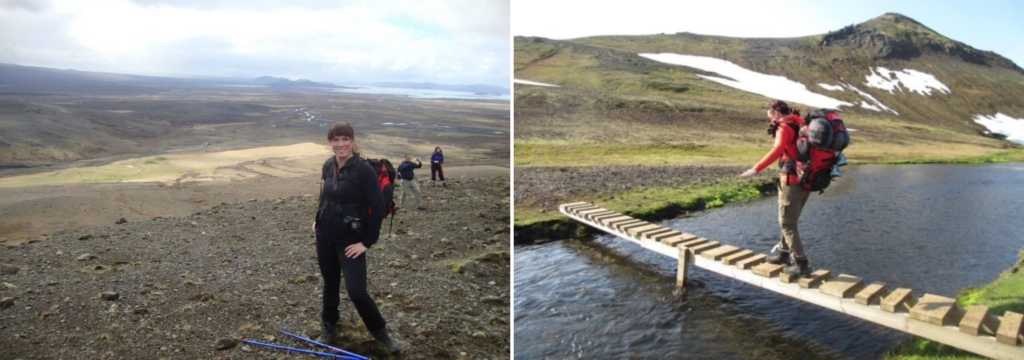
What are some essential travel tips for people planning their first trip to Iceland?
When planning your first trip to Iceland, there are several essential tips to keep in mind. First and foremost, carefully consider your packing, regardless of the season. Iceland’s weather can be unpredictable, so it’s important to be prepared for a range of conditions.
Be aware that everything in Iceland can be quite expensive, from dining out to accommodations. To save money, consider shopping in regular grocery stores where you can find more affordable food options.
During the summer, Iceland experiences 24/7 daylight, which can be a unique experience if you’re not used to it. Conversely, in the winter, there is little to no daylight, so just factor that into your daily activities and plans.
Transportation around Iceland requires some planning, as there are no trains. You’ll need to plan for alternative solutions like buses or rental cars. If you decide to rent a car, keep in mind that the maximum speed limit is 90 kilometers per hour, and the roads can be quite narrow and winding.
Safety is also a crucial consideration, especially near the sea. The coastline can be very dangerous, even if it offers great photo opportunities. Always respect warning signs, as they are in place for a reason and ignoring them can lead to serious accidents.
Can you share a lesser-known but amazing place in Iceland that tourists often miss?
Tourists often miss out on the Westfjords, where the landscape changes dramatically from high mountains to long red beaches, allowing wildlife to live freely. The region’s isolation means that it remains largely untouched and unspoiled, providing a sense solitude that is hard to find elsewhere.
The Westfjords are a haven for wildlife, where animals like arctic foxes, seals, and a wide variety of bird species, including puffins, thrive in their natural habitats. This region also features numerous hidden gems, such as the Dynjandi waterfall, which cascades down a cliff in a series of steps, and Rauðasandur beach, known for its unique red and golden sands. Small fishing villages like Ísafjörður, with its charming wooden houses provide a glimpse into the traditional Icelandic way of life.

How do Iceland’s seasons impact tourism and activities, and what are the pros and cons of summer versus winter visits?
In summer, we receive a large number of tourists, and the local population focuses on accommodating them. As fall approaches, the number of tourists decreases, and we prepare for harsh winters with lots of snow. Spring is a time to gather animals and prepare for the upcoming tourist season. Winter activities include skiing and glacier experiences, while summer offers horseback riding and hiking.
Visiting in summer means 24/7 daylight, with the landscape reflecting vibrant greens. However, the downside is the higher number of tourists, which can make it harder to experience the cultural side of Iceland. In winter, you can enjoy beautiful white landscapes and the sun reflecting off the snow, but the weather can be unpredictable, with road closures and severe snowstorms.
What is the best way to experience Icelandic music and art?
To immerse yourself in Icelandic music and art, attending local events and festivals is highly recommended. “Aldrei fór ég suður” in Ísafjörður, held every Easter, features a diverse line-up of Icelandic musicians and bands in an intimate, community-driven atmosphere. “Bræðslan” in Borgarfjörður, hosted in an old herring factory, offers a blend of contemporary and traditional Icelandic music in a unique setting.
“Verslunarmannahelgi,” or “Merchants’ Weekend,” at the beginning of August, features numerous festivals across the country with concerts, art exhibitions, and community celebrations.
Additionally, visiting local galleries, museums, and cultural centres, such as the Reykjavik Art Museum and the National Gallery of Iceland, provides further insight into Iceland’s artistic heritage. These experiences will give you a deep appreciation for the creativity and spirit of Icelandic culture.

